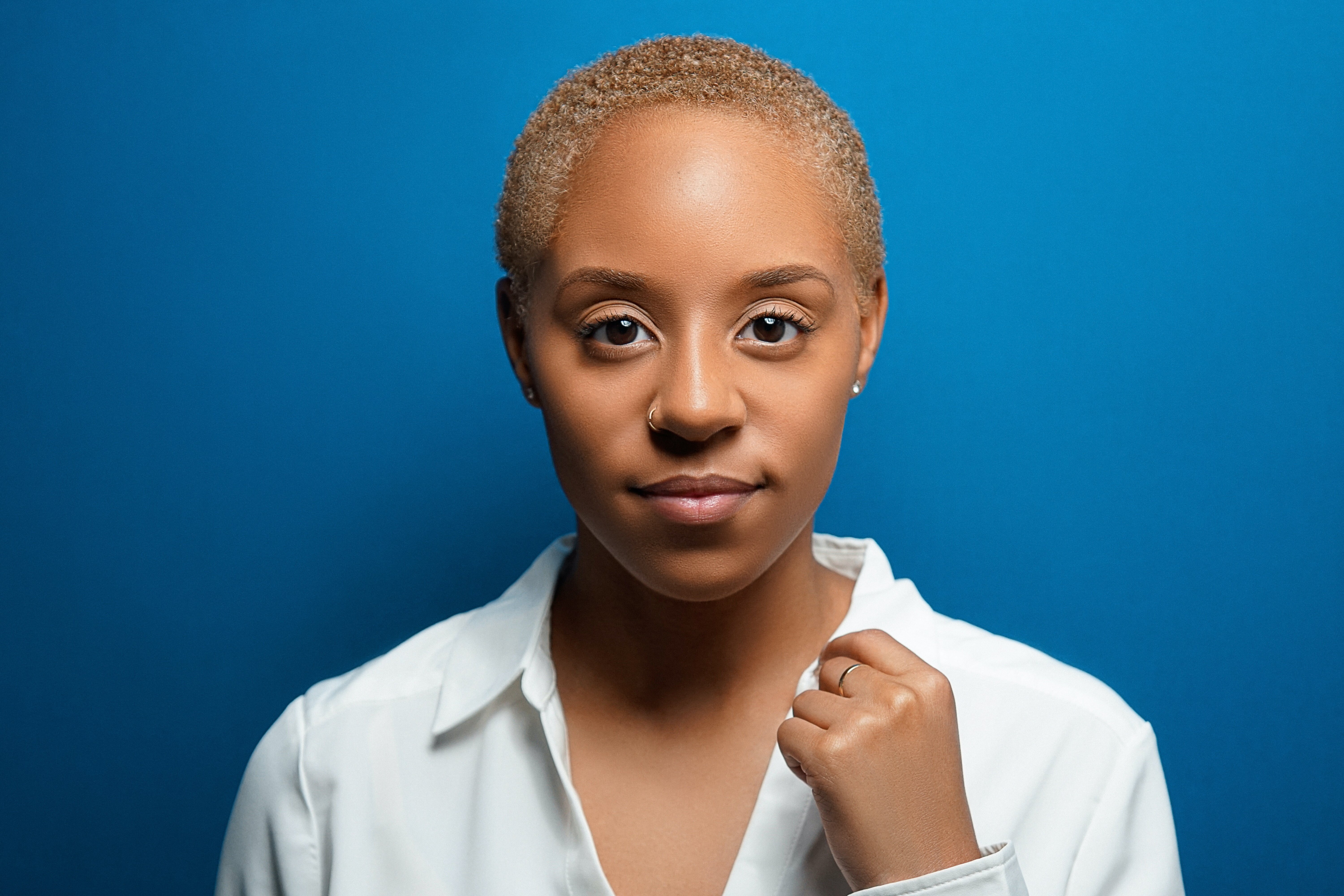The Future of AI-Generated Headshots Balancing Quality and Cost in 2024

I’ve been tracking the evolution of synthetic portraiture for a while now, watching the rapid progression from slightly uncanny valley approximations to near-indistinguishable digital likenesses. The shift has been startlingly fast, moving from a niche novelty to something genuinely impacting professional presentation across various sectors. What interests me most isn't just the visual fidelity, which is improving almost weekly, but the economic equation underpinning this technology. We are at an inflection point where the traditional cost structures associated with high-quality photography are being fundamentally challenged by algorithmic generation.
Consider the sheer overhead involved in a professional studio session: photographer time, model fees, location scouting, post-production editing, and physical prints or high-resolution digital delivery. Now contrast that with the marginal cost of running a generative model against a set of input images. The arithmetic seems heavily skewed toward the latter, but that comparison only tells half the story about the *true* quality being delivered in 2025. We need to look past the initial sticker price and examine the consistency and utility of the final product for someone needing a dozen different professional looks by Tuesday afternoon.
The current state of affairs presents a fascinating tension between the quality ceiling achievable through heavy computational investment and the accessibility driven by democratization of the tools. On the quality front, the best proprietary models, often residing behind significant API calls or subscription tiers, are producing results that are virtually flawless in terms of lighting, texture, and adherence to specific stylistic briefs—think perfectly lit corporate headshots or artistic environmental portraits. These systems have become adept at interpreting subtle natural language commands regarding gaze direction or subtle expressions, moving far beyond the simple 'smiling' prompt of just a couple of years ago. However, this premium quality often carries a per-image cost that, while lower than a physical shoot, still accumulates rapidly when an organization requires thousands of unique, high-fidelity assets for internal directories or marketing materials. I’ve noticed that the very best results still require extremely clean, well-lit source material from the user, suggesting the underlying models haven't completely eradicated the need for good input data yet. Furthermore, the legal and ethical provenance of the training data continues to be a murky area that affects enterprise adoption, even if the visual output is stunning.
Conversely, the lower-cost, widely available generative platforms offer immediate accessibility and scalability that traditional methods simply cannot match for sheer volume. You can generate hundreds of variations in the time it takes a physical photographer to set up the first light. The trade-off, which I observe frequently, lies in the subtle failures that still plague these cheaper iterations—minor artifacts around hair strands, slightly distorted hands if they happen to appear in the composition, or a persistent, almost imperceptible flatness in the perceived depth of field. For casual use or internal-facing materials, this level of quality is more than sufficient, making the cost-benefit analysis strongly favor the synthetic route for high-volume, lower-stakes applications. The engineering challenge now is closing that remaining quality gap without driving the operational cost back toward the expense associated with high-end traditional capture methods. It seems the market is segmenting clearly: absolute perfection demands a premium expenditure, while ‘very good and instantly available’ is becoming almost free.
More Posts from kahma.io:
- →7 Effective Ways to Extract High-Resolution Still Images from Online Video Editor Footage
- →7 Portrait Photography Tips for Creating Professional Gift Tags with Your Headshots
- →AI-Powered Image Sharpening A Comparative Analysis of 7 Leading Tools in 2024
- →Enhancing Serenity How to Incorporate Light Blue Tones in Photography for Calming Effects
- →AI-Powered Portrait Photography The Ultimate Christmas List Maker for Photographers in 2024
- →How AI Background Removal Impacts Professional Portrait Photography Costs